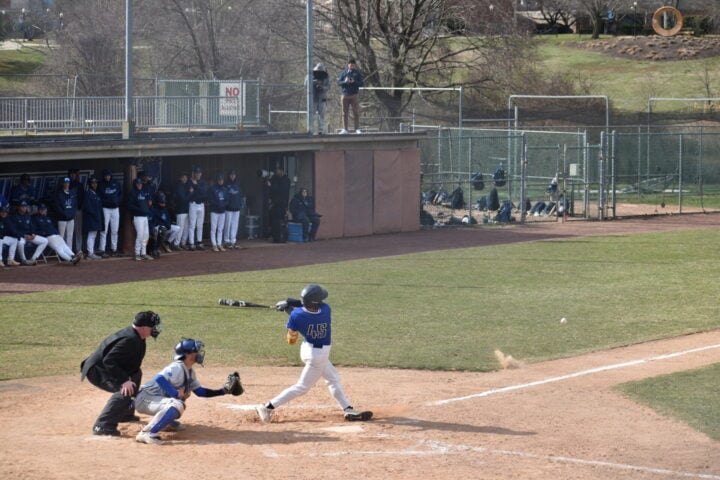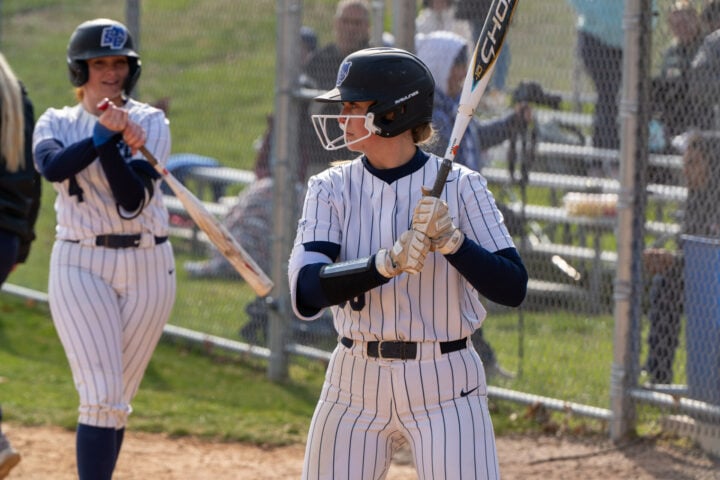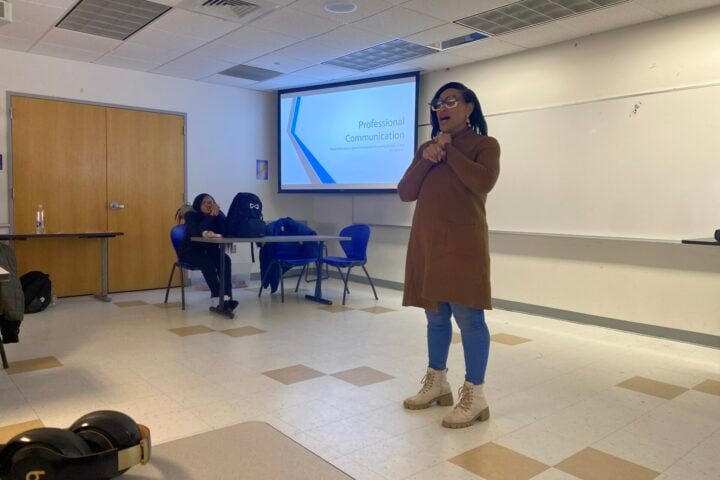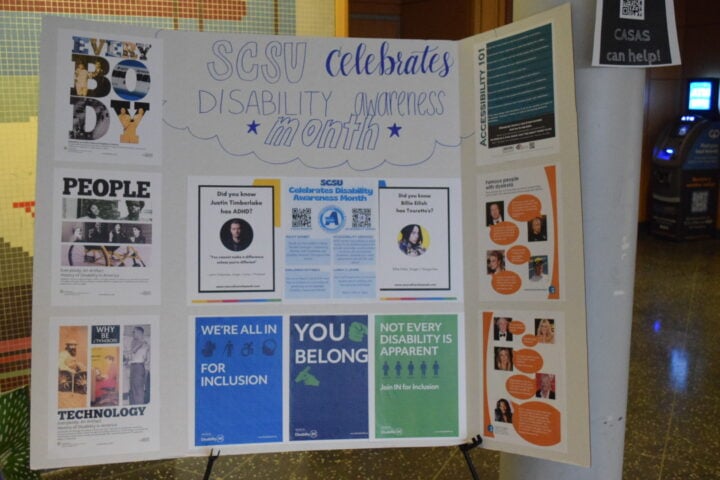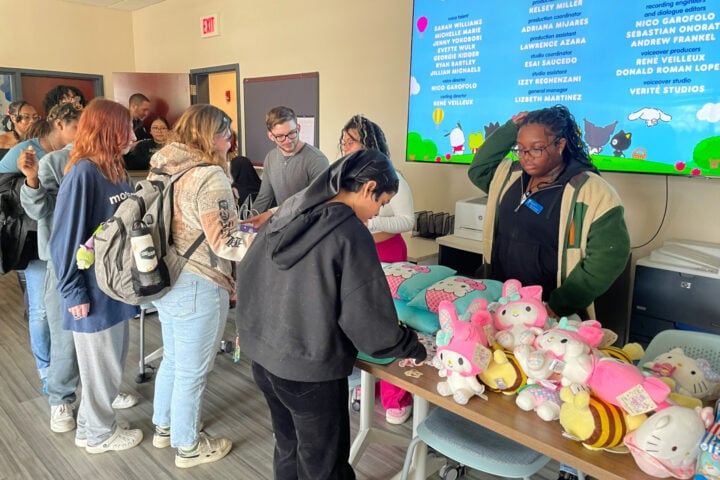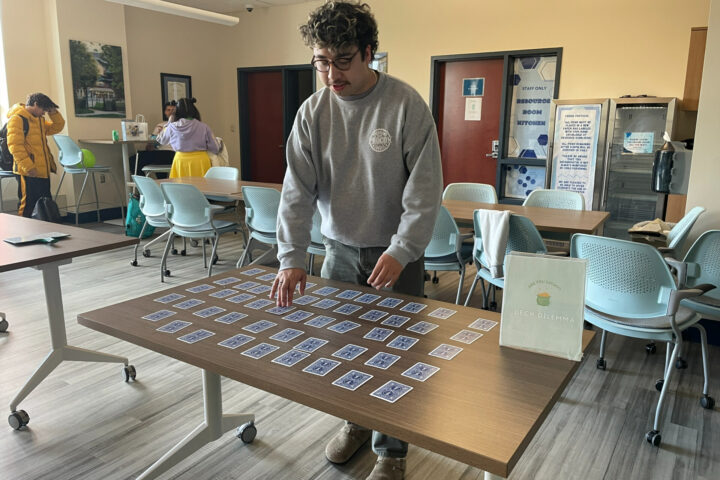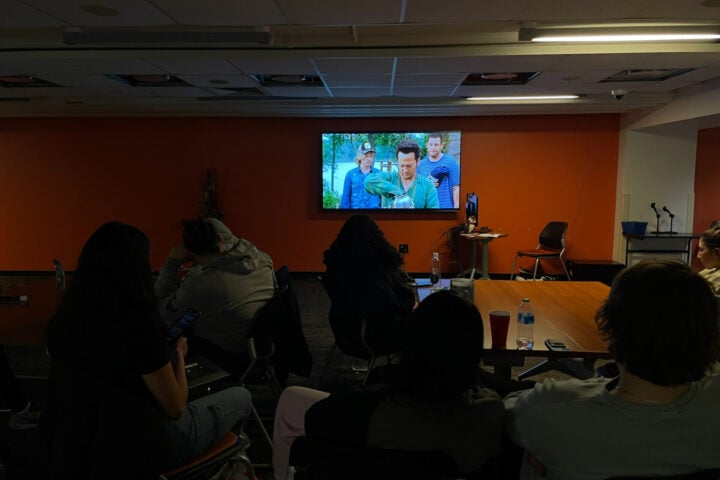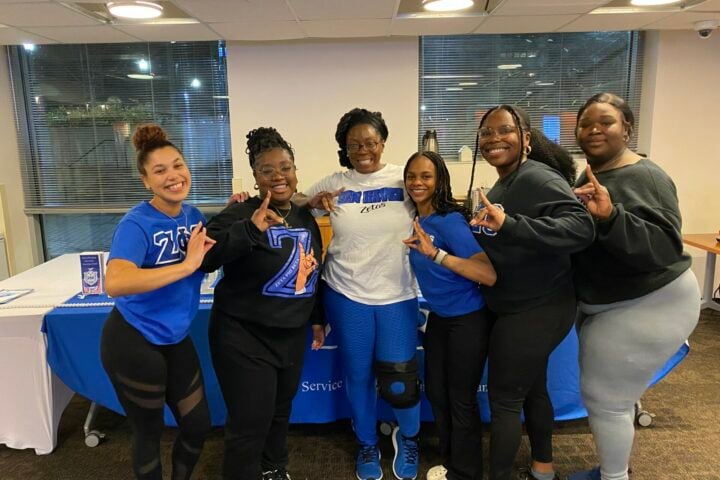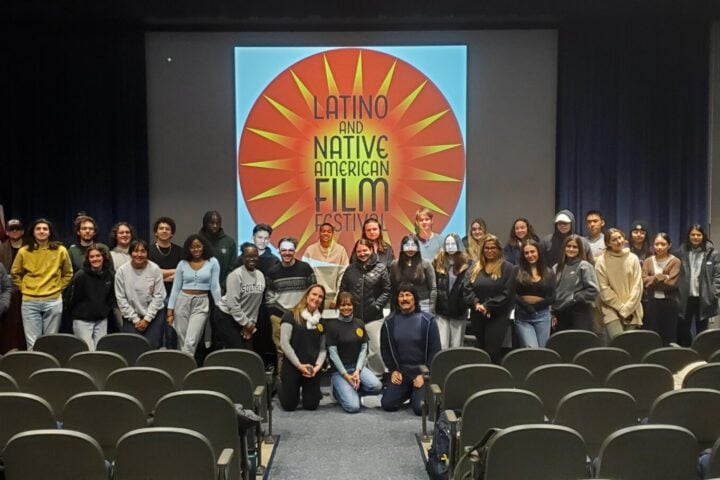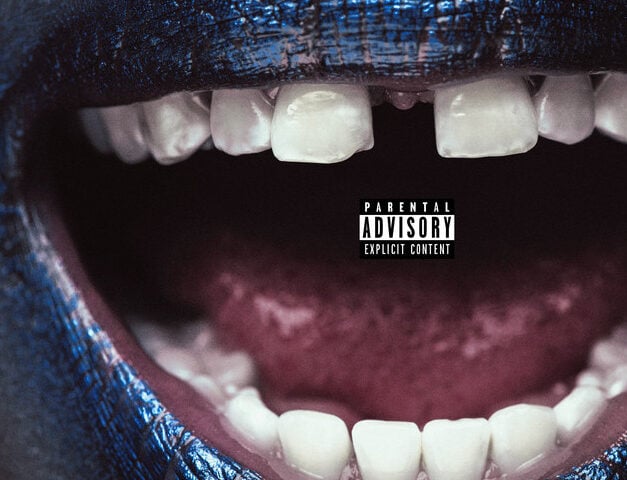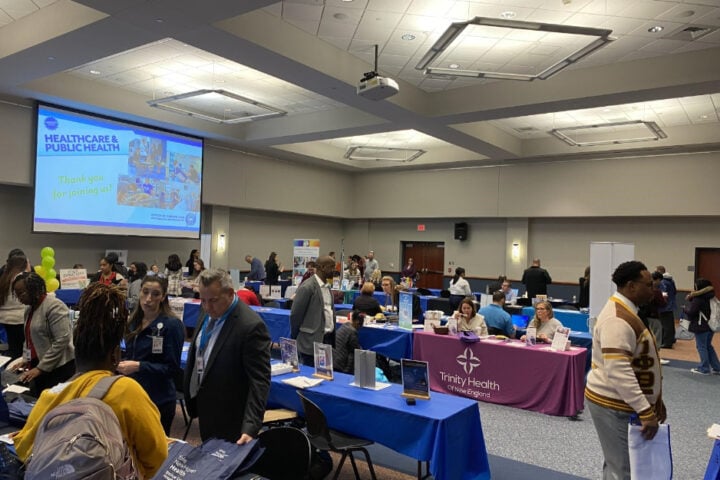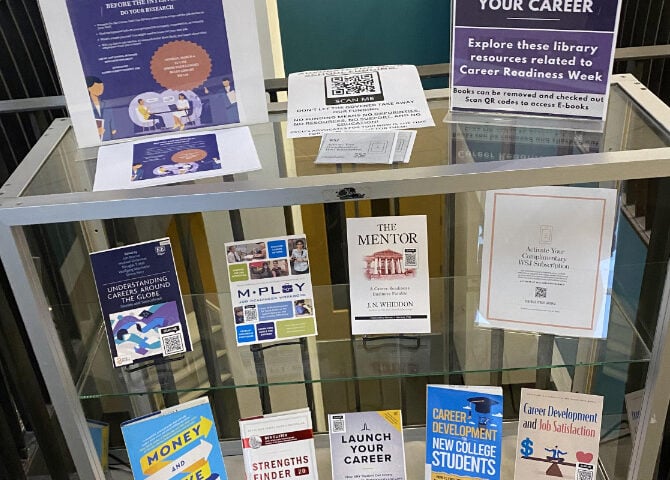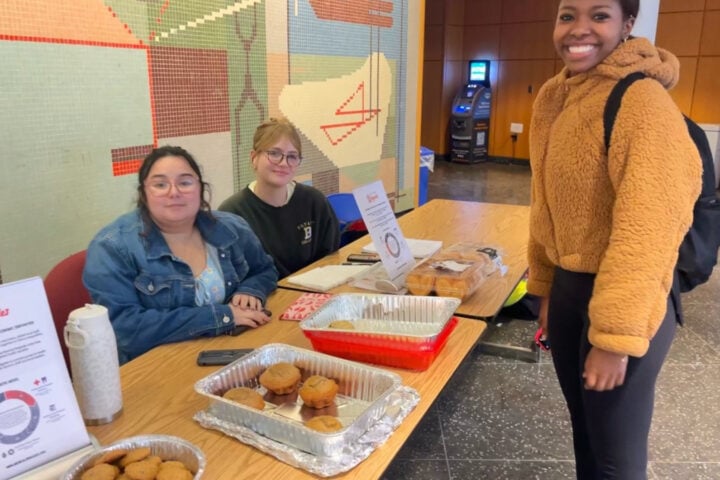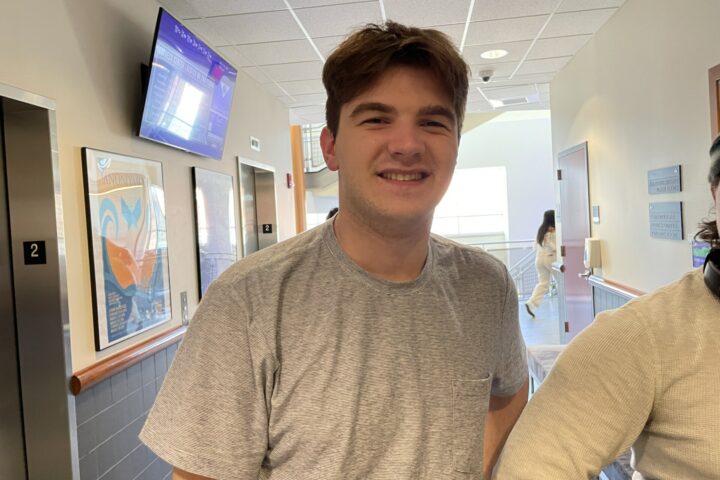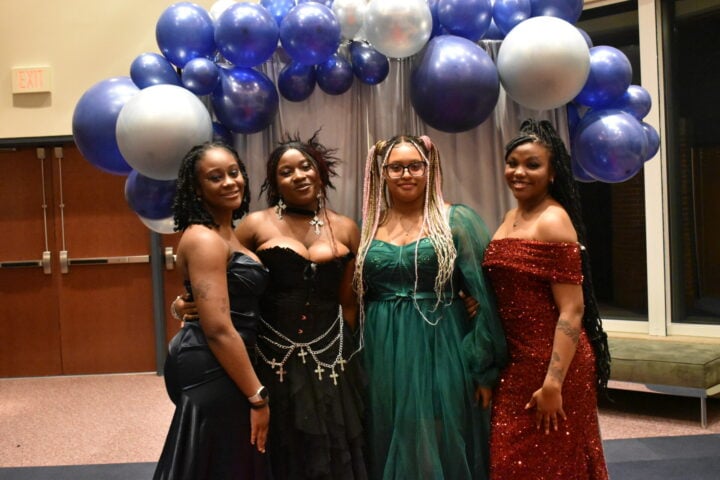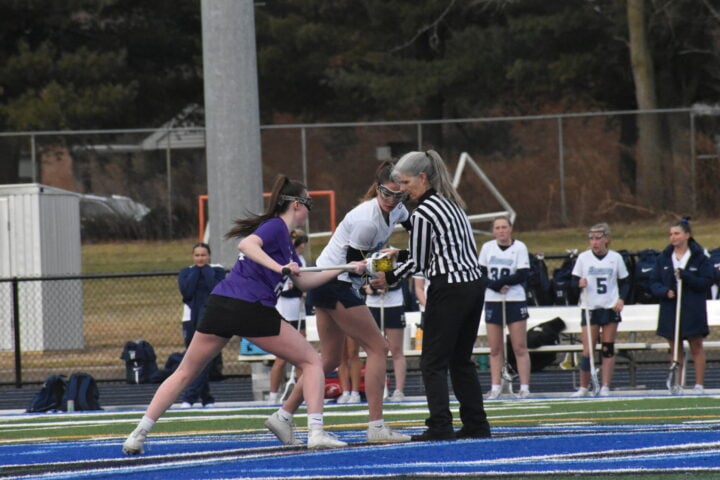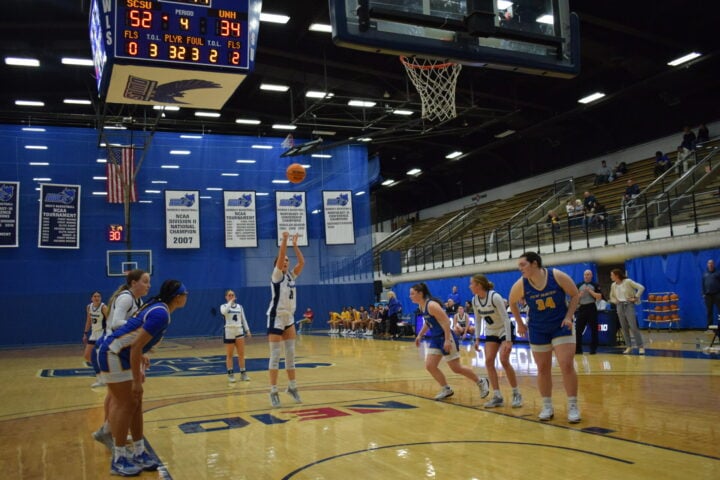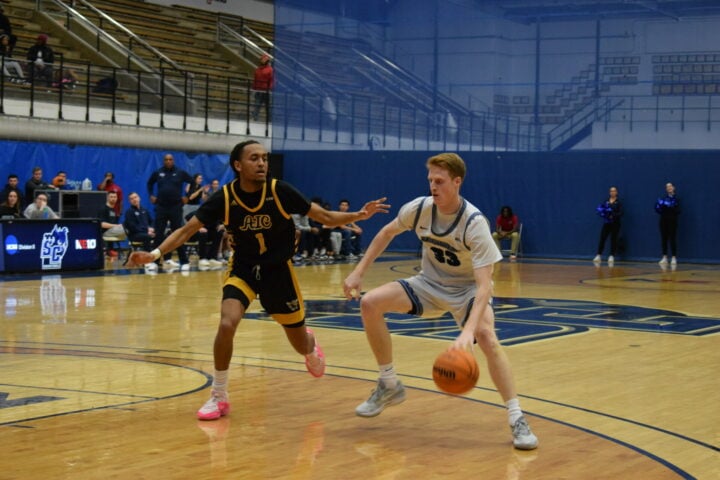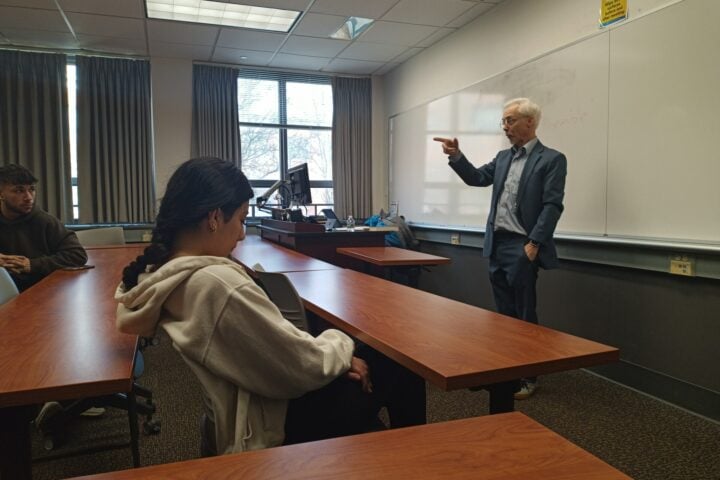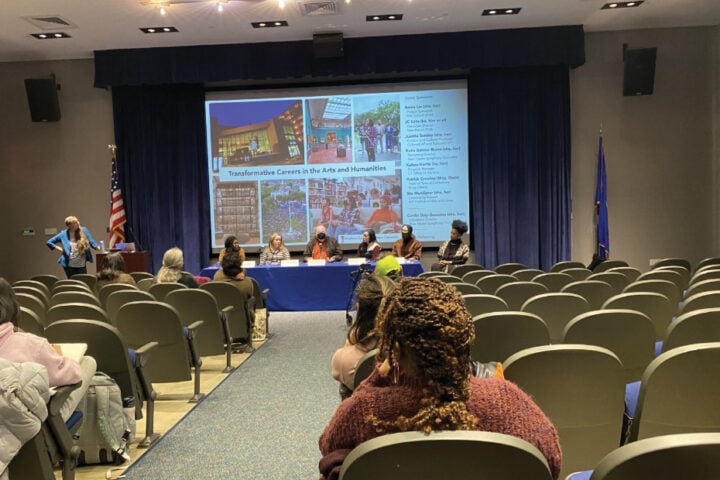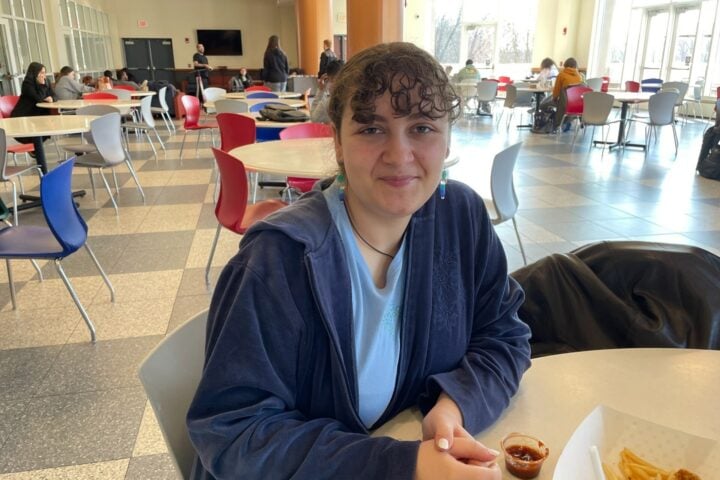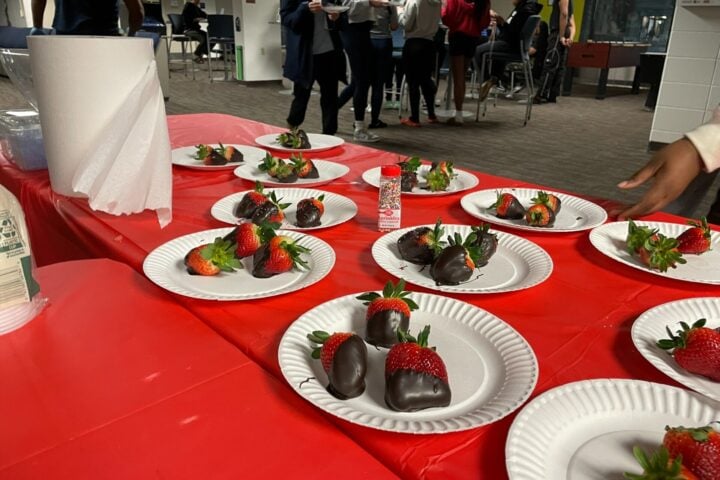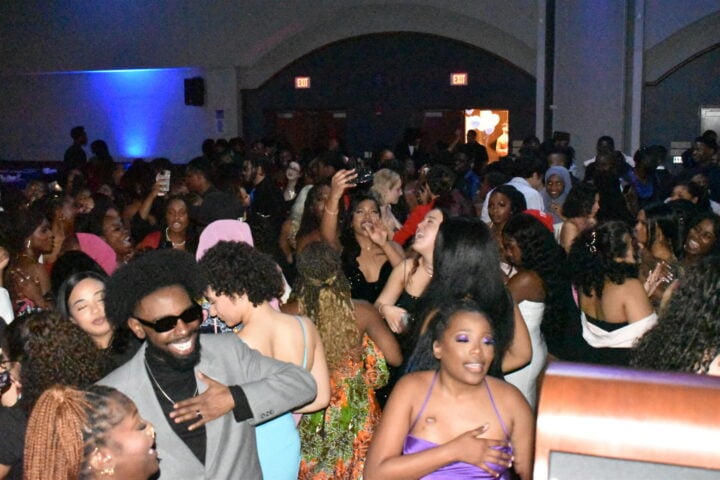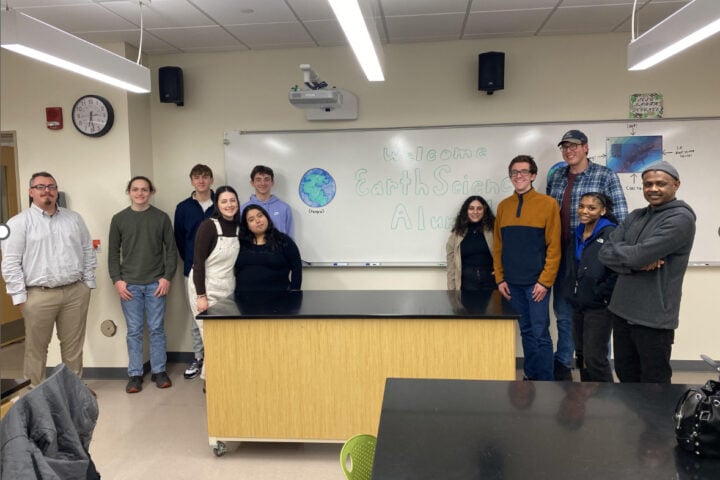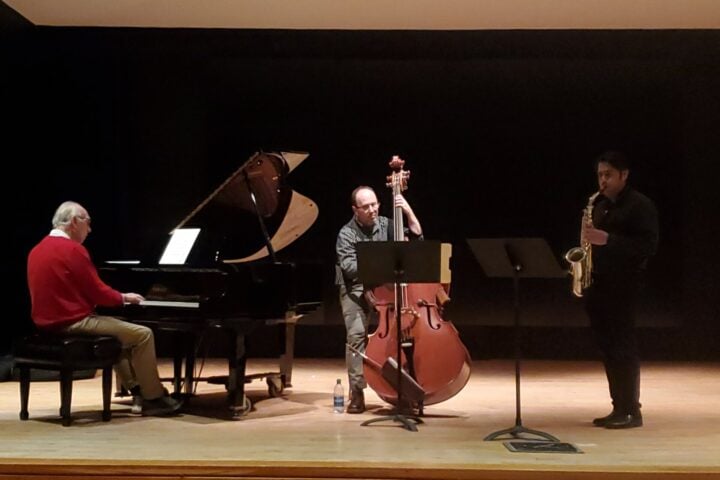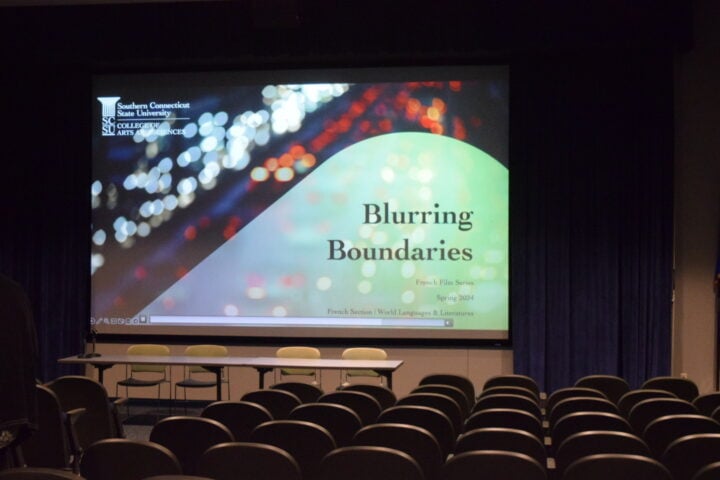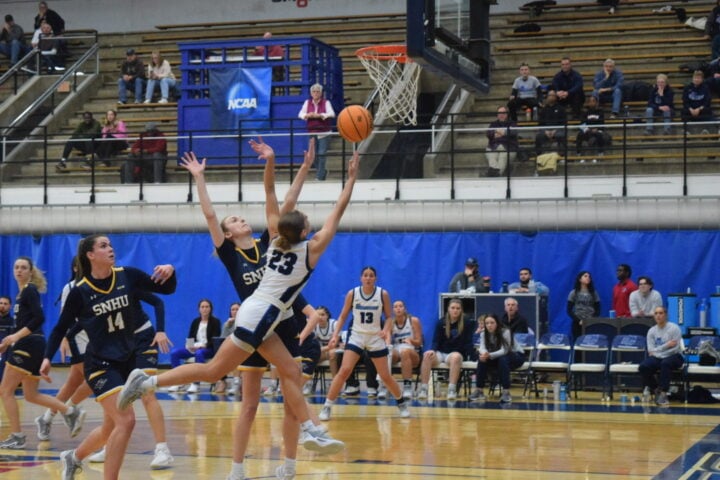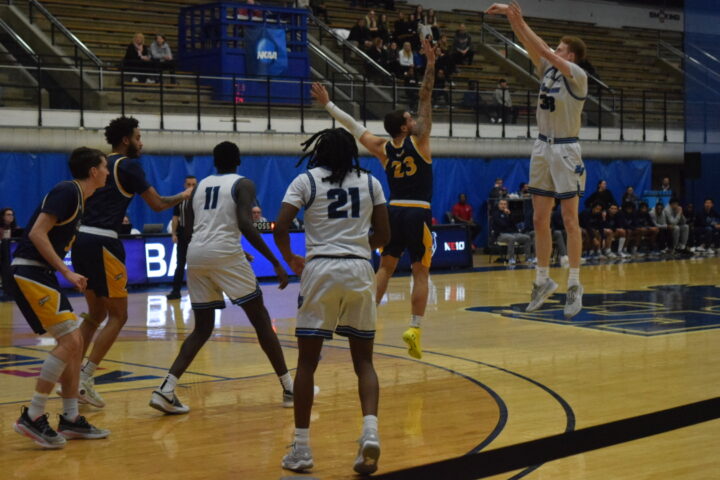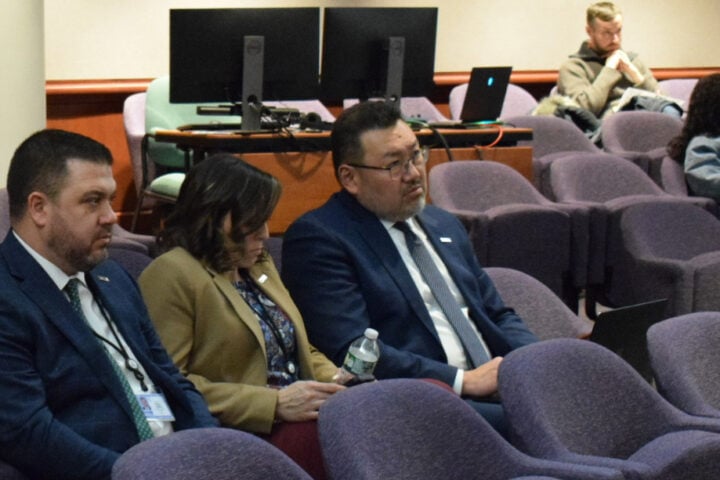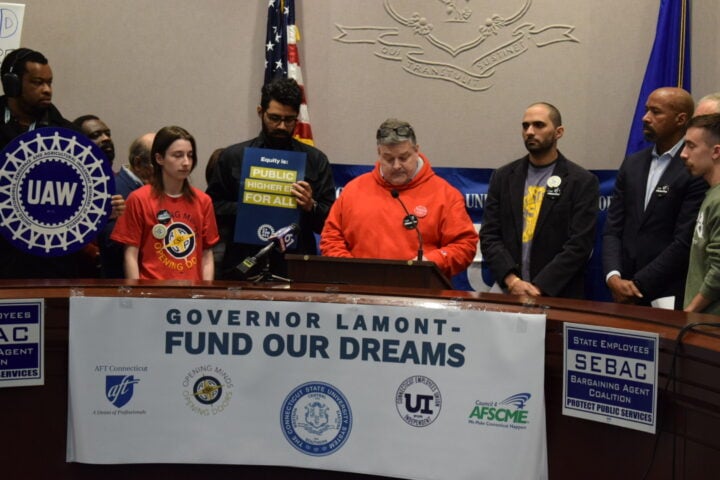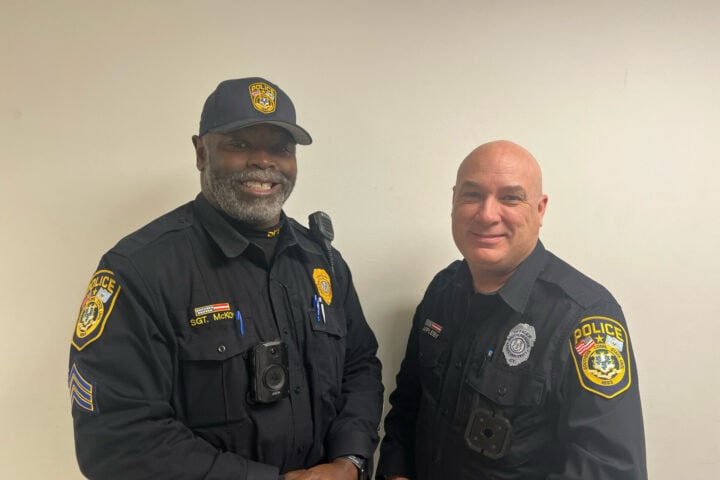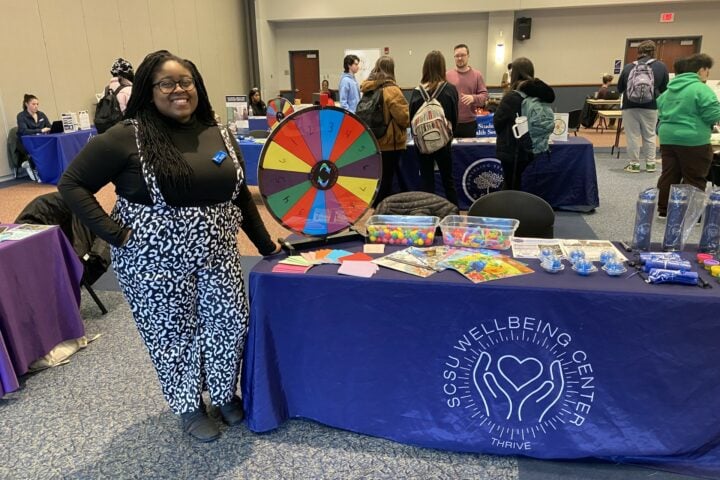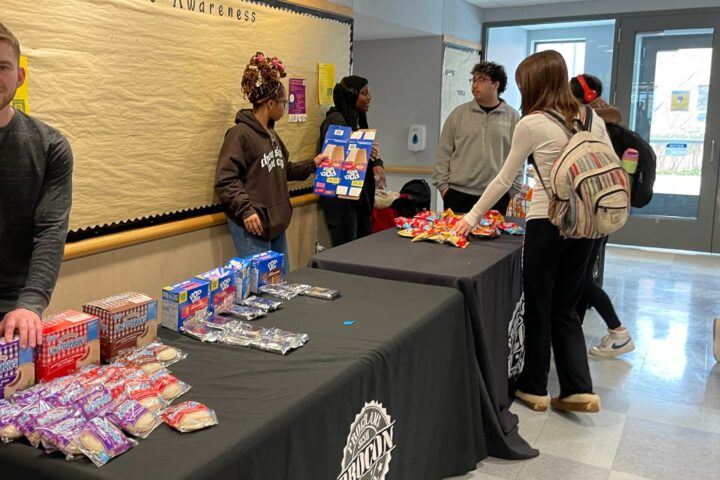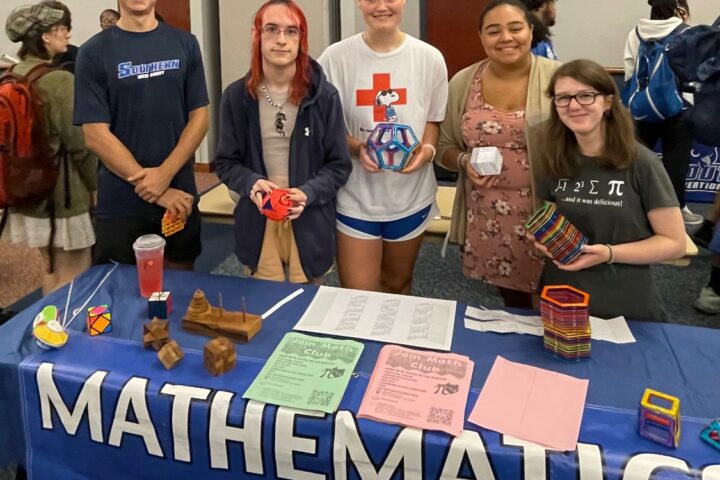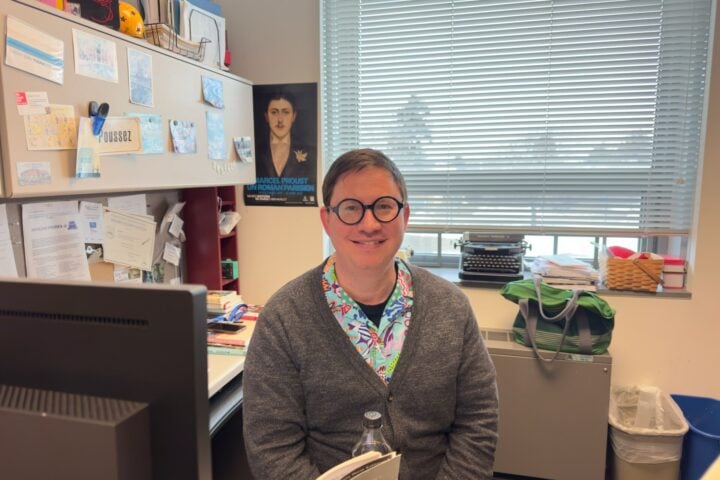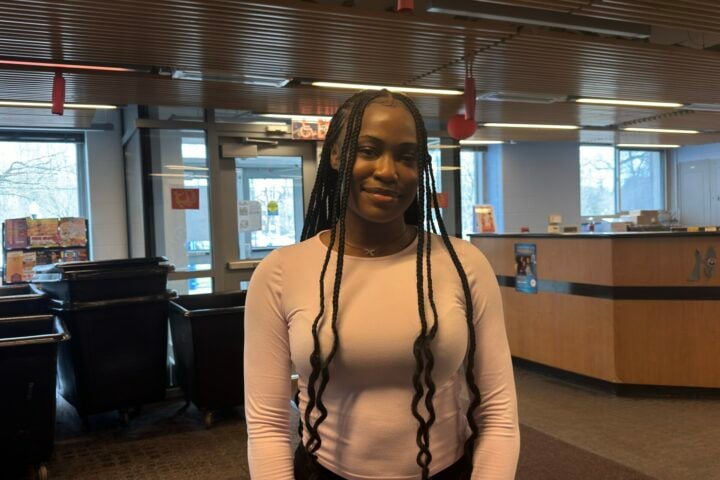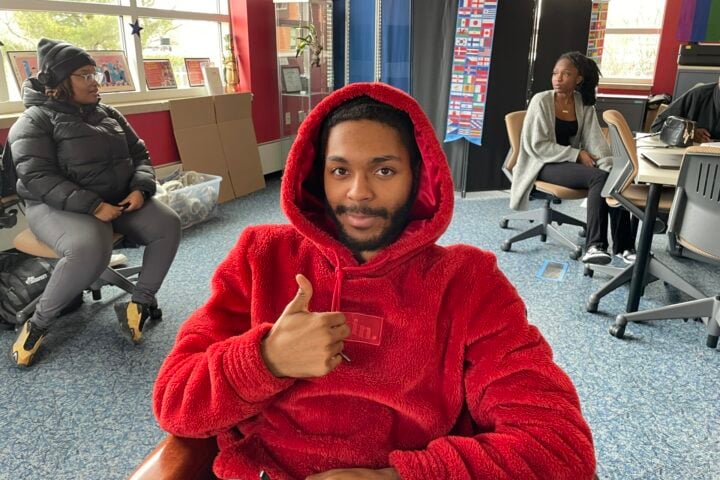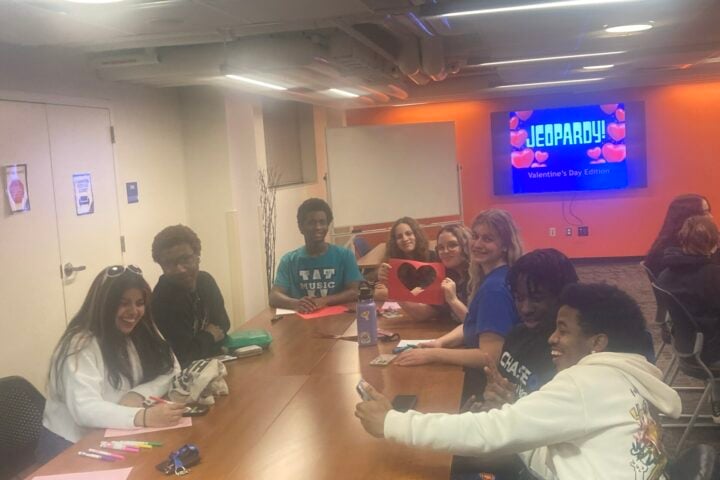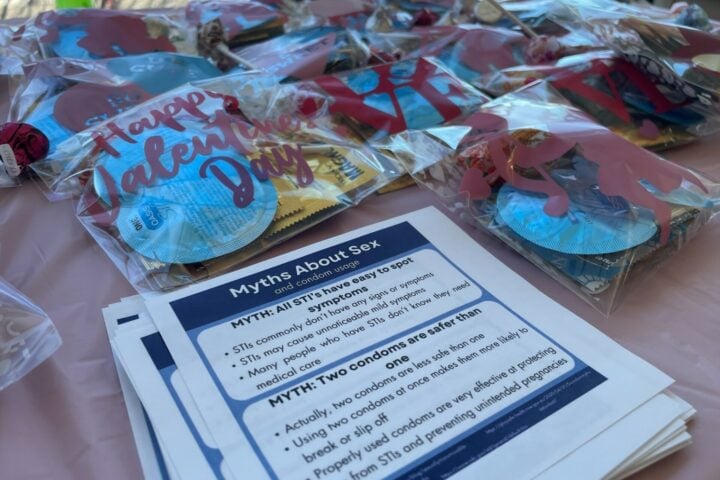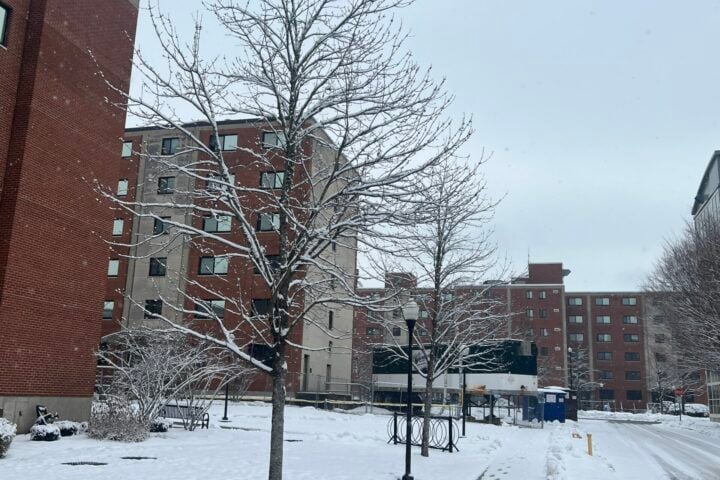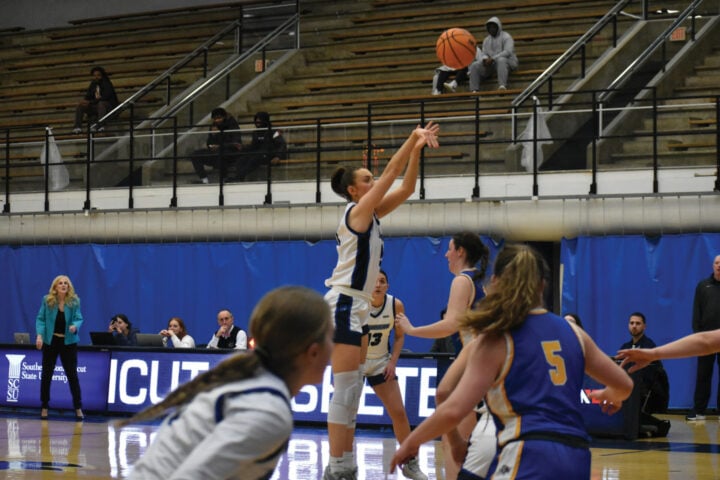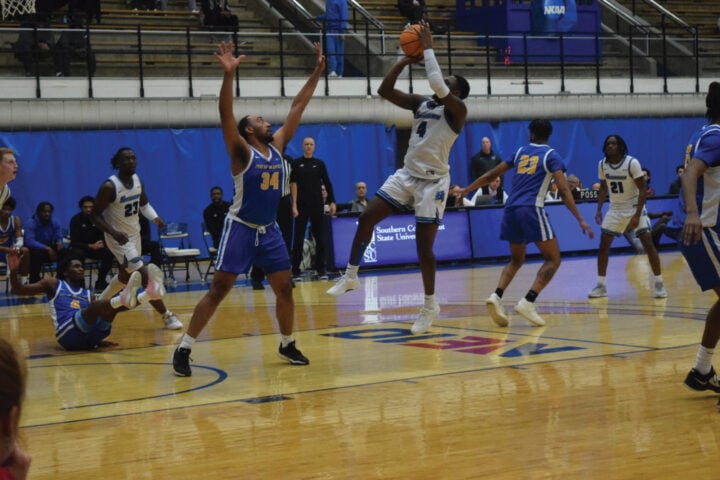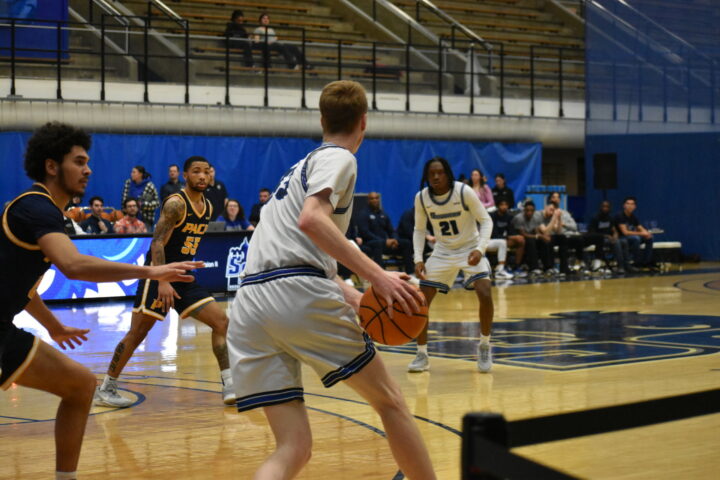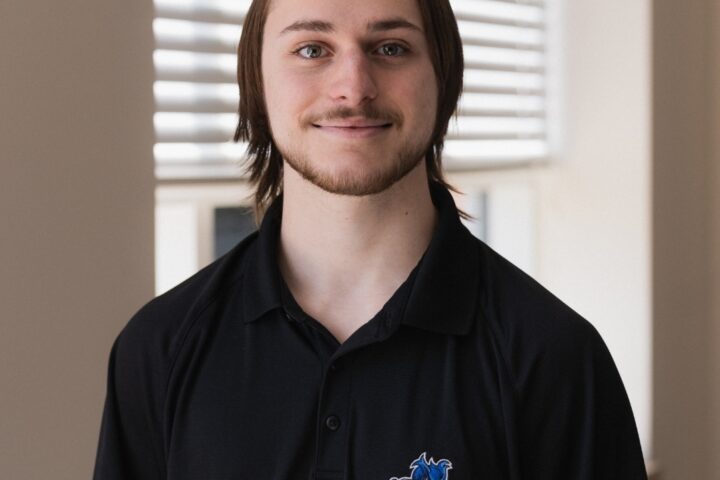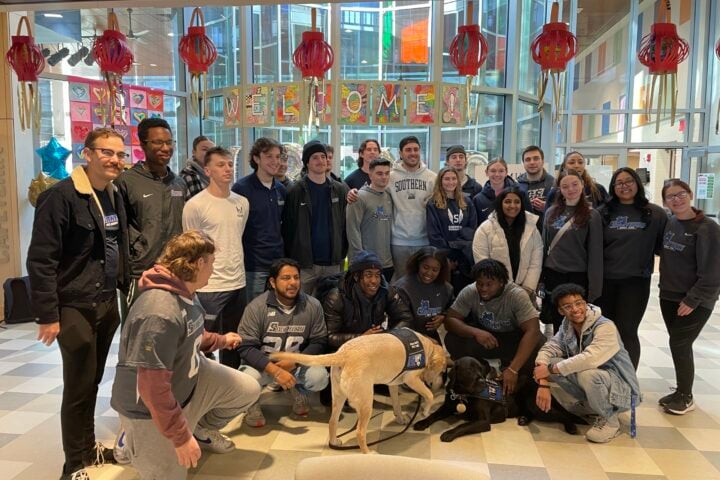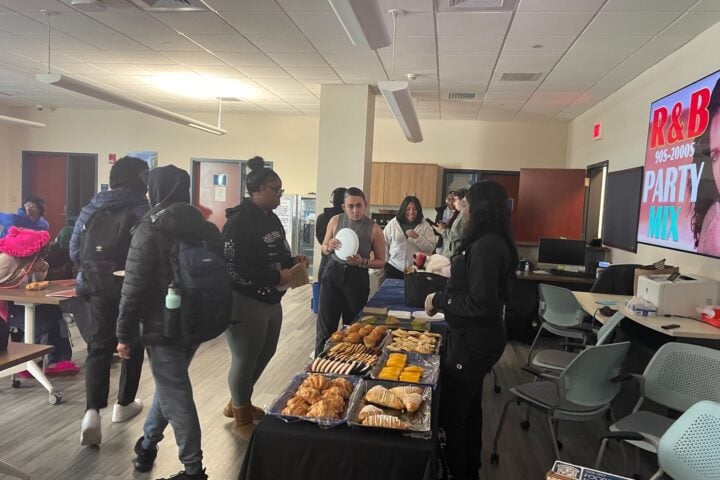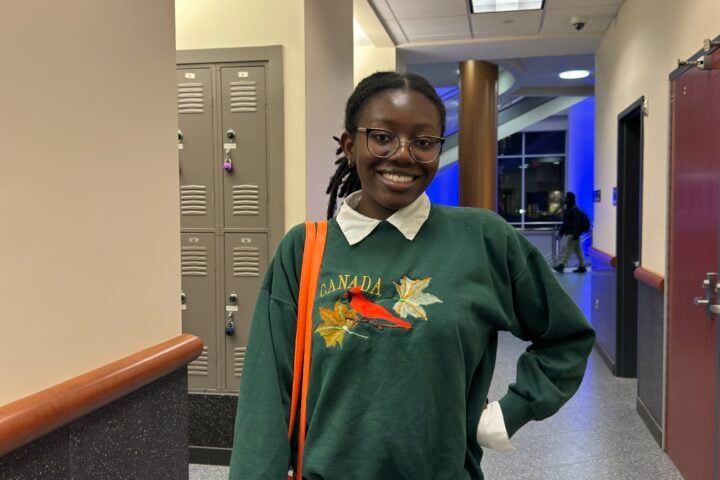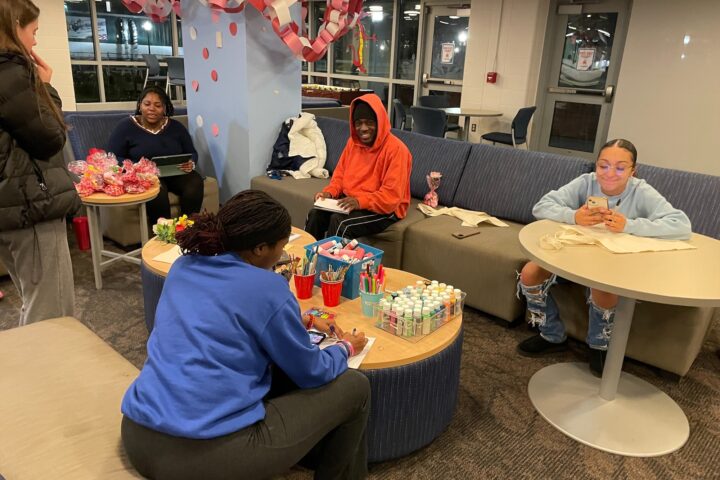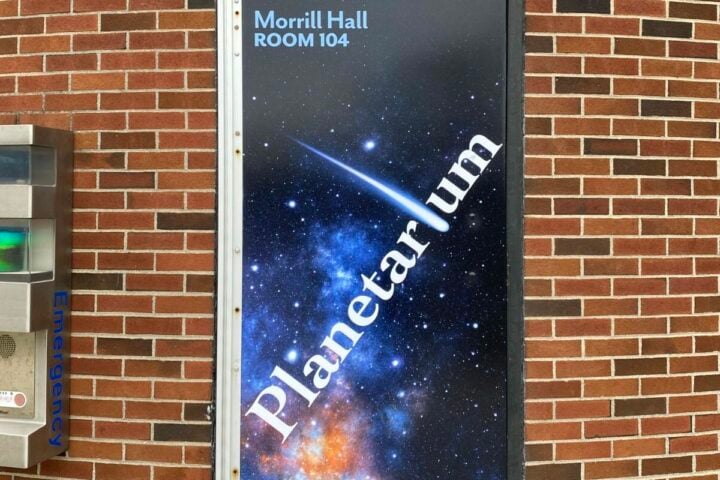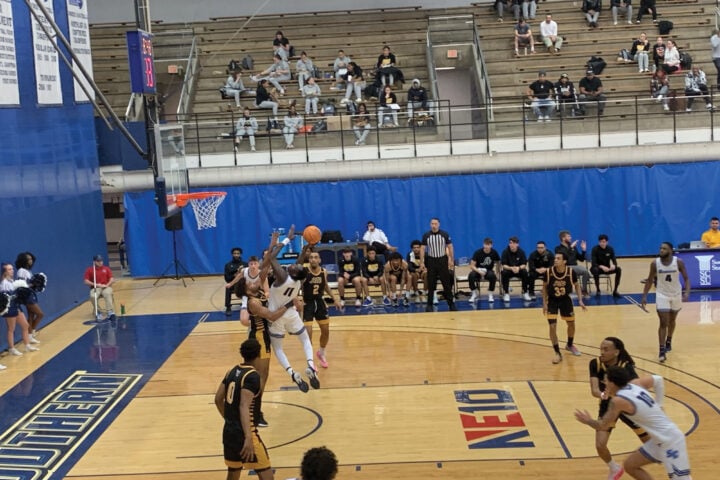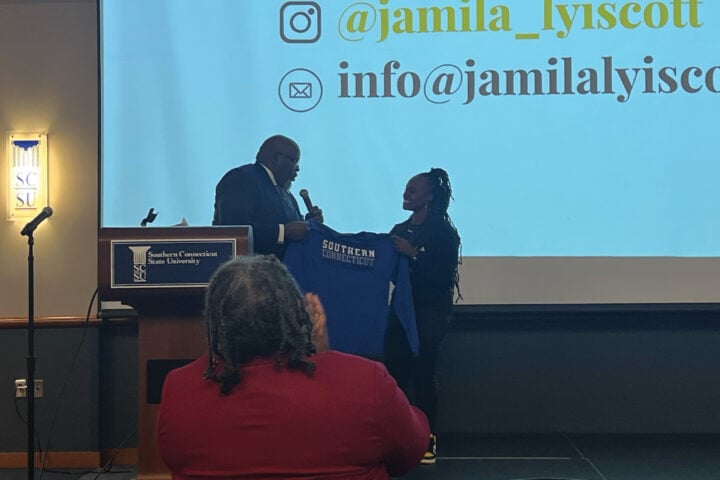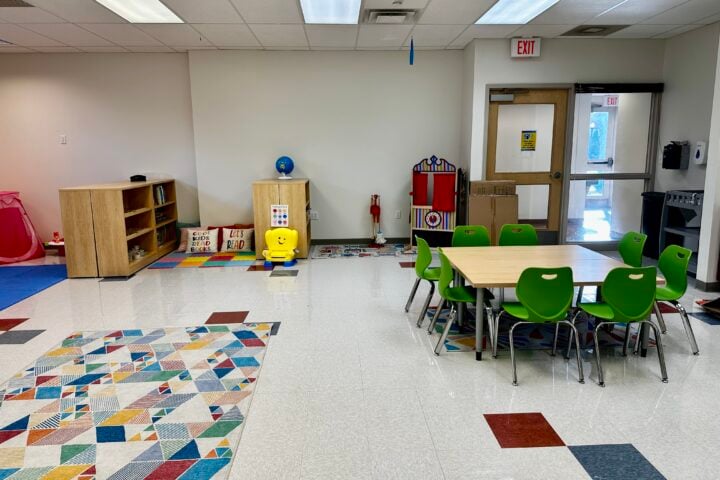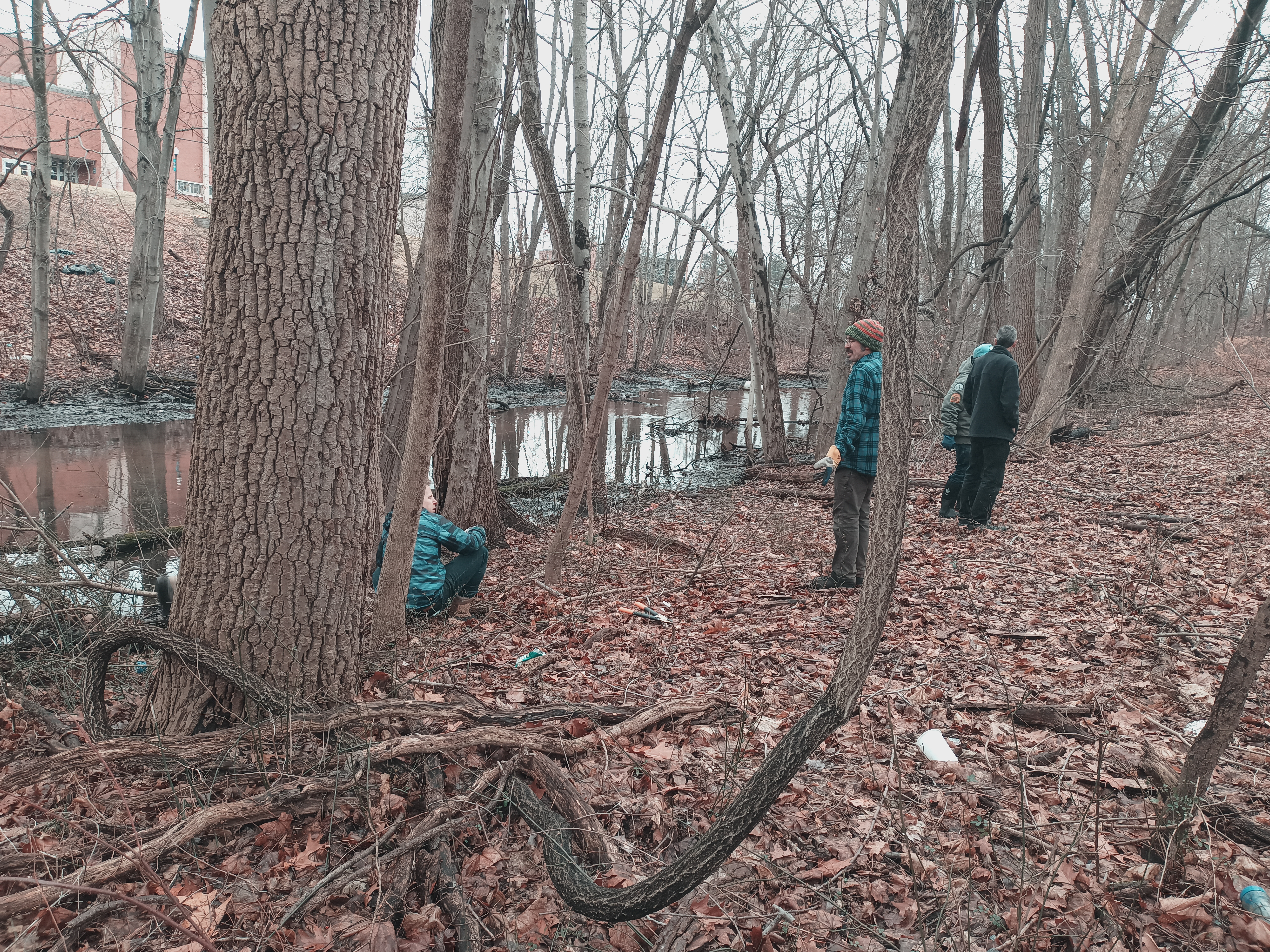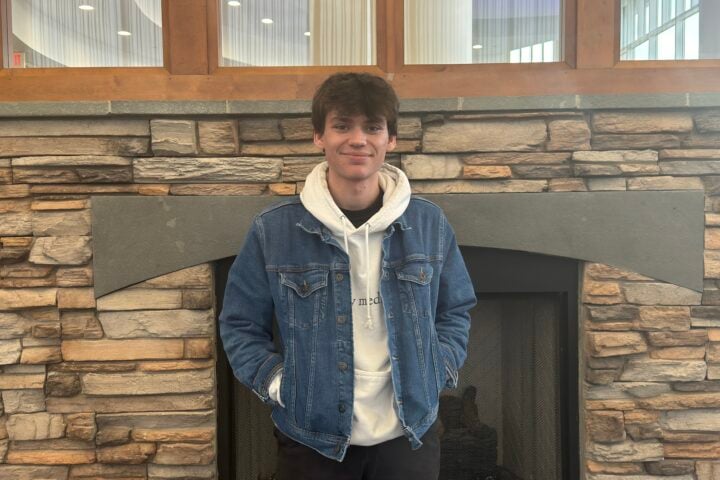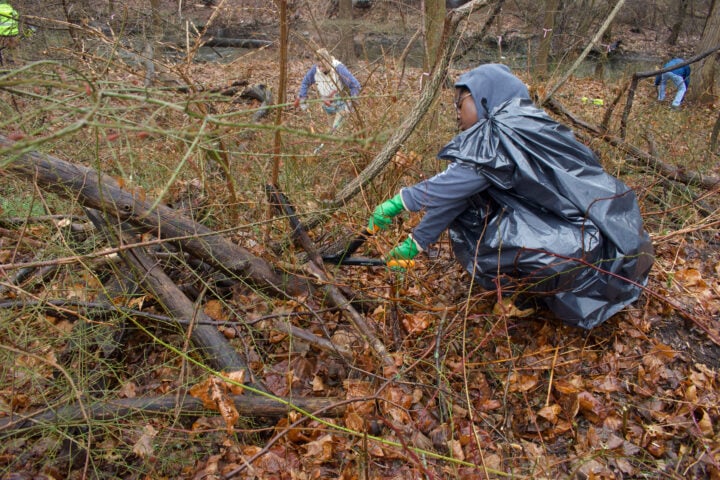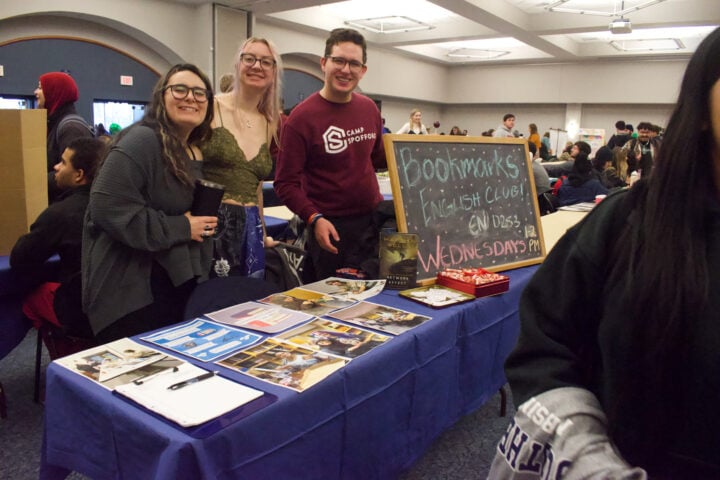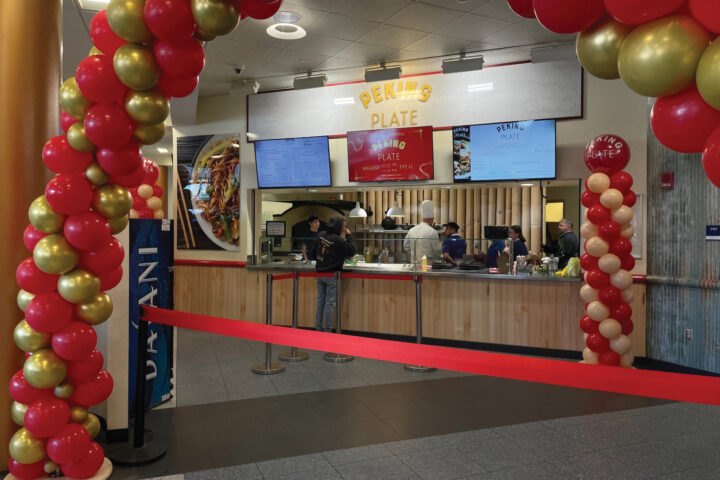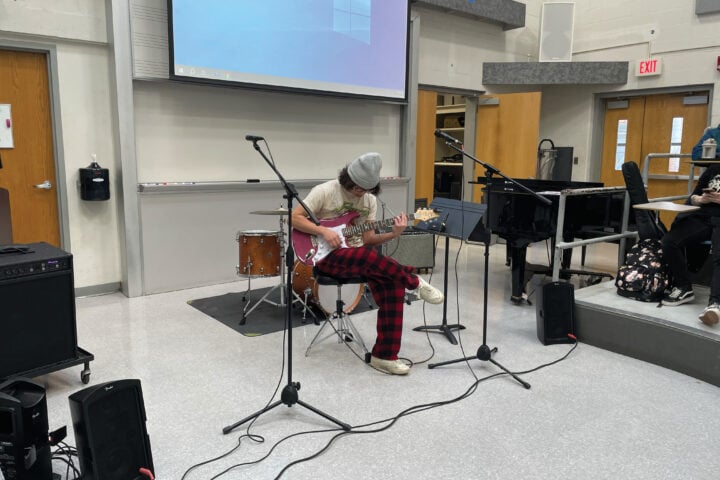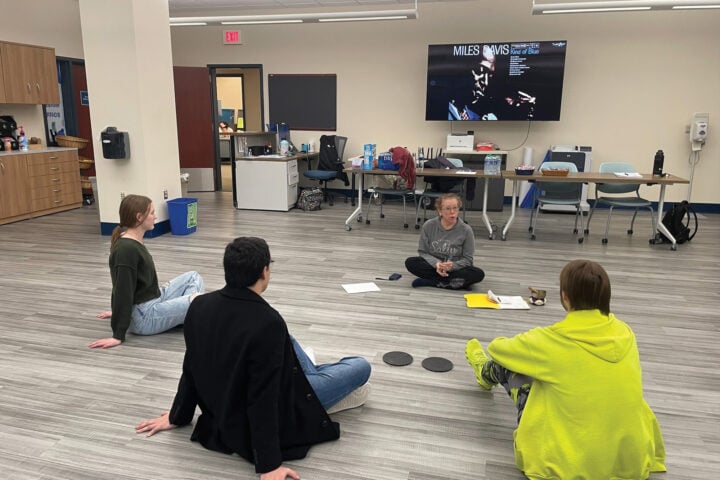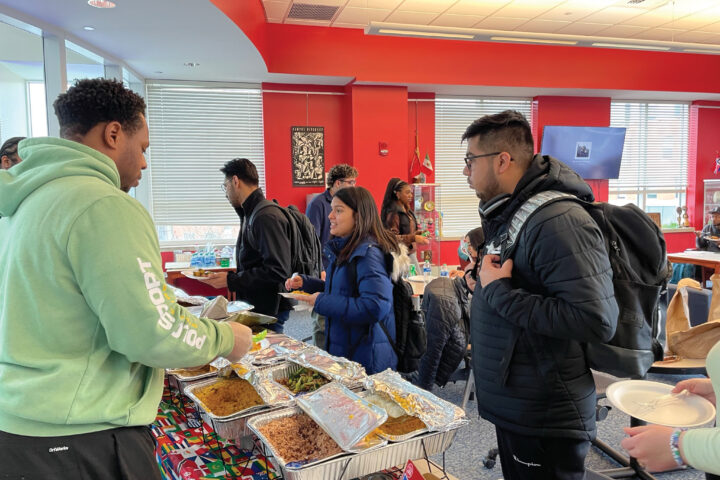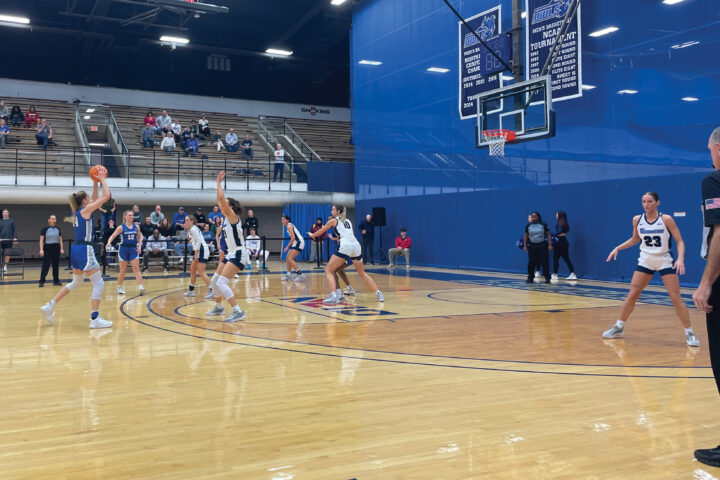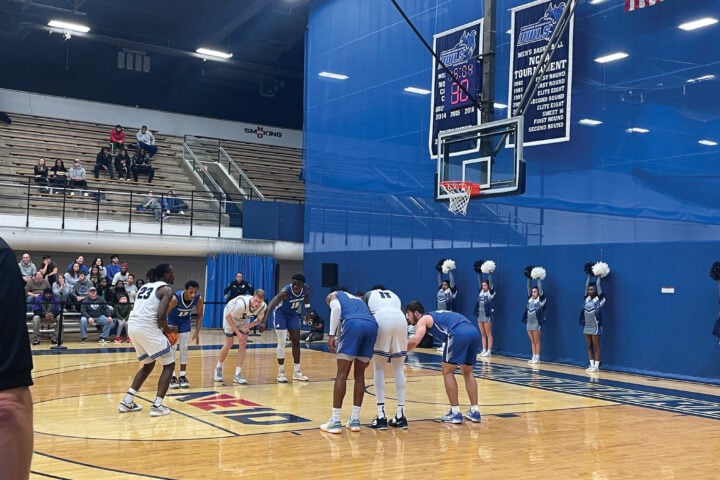Kendra Baker – Special to The Southern News –
From changes in location to changes in names and program offerings, Southern has grown tremendously since its birth in 1893; when three teachers and 84 students met at New Haven’s old Skinner School and created a two-year teacher training school called “New Haven State Normal School.”
Before becoming “Southern Connecticut State University” in 1983, the “New Haven State Normal School” became “New Haven State Teachers College” in 1954, then moved to Crescent Street and became “Southern Connecticut State College” in 1959. Judit Paolini, retired West Haven school system reading consultant, was a student at Southern Connecticut State College and earned her bachelor’s degree in 1973.
“My undergraduate work was education—secondary education [with a concentration in] English,” said Paolini, who added that she lived off-campus and commuted from West Haven where she lived with her parents.
Paolini, who earned her master’s degree in 1979 and her Sixth Year professional diploma in 1993 at Southern, said she loved the opportunity Southern had given her.
“My parents were blue-collar workers and Southern afforded me the opportunity to go beyond that,” said Paolini.
Paolini also said she’s astounded by the changes Southern has made since then.
“The range of courses and majors offered has increased tremendously and the size of it [the campus] now is amazing,” said Paolini. “When I attended, Engleman was one-third its size [now] and Buley Library opened some time during the four years I attended—we actually helped move the books out of Engleman and into Buley. Lyman was one of the buildings I was especially proud of [because] it was the only building at the time that looked modern.”
Carolyn Gorton, 52, and Karen Baker, 56, were also students at Southern Connecticut State College. Gorton attended Southern from 1978 until 1982; Baker, from spring 1977 until spring 1978.
Gorton, who graduated with a bachelor’s degree in early childhood education with a minor in mathematics, said she decided to go to Southern because it was affordable at only $3,000 a year for room and board and tuition.
“I lived in Wilkinson Hall the first two years—the first year was just girls and the second year it was coed by floor,” said Gorton, who mentioned that the dorm halls had a curfew when she lived there and that like today, visitors still had to sign-in at the front desk, sign-in overnights and that there was no drinking in the rooms.
Baker, who graduated with a bachelor’s degree in library science and instructional technology, said she decided to attend Southern because it had a Library Science program in consortium with Western Connecticut State University.
“I could take classes at Western and then transfer to Southern to finish the degree,” said Baker, who lived off-campus for all three semesters she attended. “Southern was a step up from Western, which at that time seemed like high school. Southern was more like college.”
In her spare time, Gorton said she would go to Southern’s sporting events, college and dorm-sponsored events like Oktoberfest and Spring Fling, and off-campus parties. She and Baker also said that many students would go to Toad’s Place and a bar near campus called the Keg House.
“I liked the people [at Southern], I met and made a lot of friends, and there was always something to do,” said Gorton.
Baker, who has seen the campus in its current state, said that when she attended Southern, the campus and its buildings looked much more “plain” and that the bridge-walkway didn’t exist.
“The campus is bigger and nicer now compared to when I went to Southern and students have more food choices,” said Baker, who added that despite its “plain” appearance, there wasn’t anything she didn’t like about Southern. “I had some really good professors, I had great roommates, I had a lot of fun—I really felt like I belonged there.”
Baker said not only has she noticed advances in the school’s appearance since she attended, but technological advances too.
“There’s a lot more technology, which in many ways is good but can also be confusing. It seems to have created a bit of distance [between students and professors],” said Baker. “I liked sitting with a counselor and picking classes, rather than going online and registering for classes [like students do now].”
Both Paolini and Baker said that among their best memories of Southern were the proms—events that Southern no longer holds.
“One thing I liked most about Southern was its senior prom,” said Baker, “which sounds weird [because they no longer exist] but it was really fun. Since I didn’t go to high school proms, it was a first time for me.”
Paolini, who said involvement in clubs and campus events was a luxury she wasn’t able to have because of her schedule, which consisted of working and studying in between classes, said she remembers going to her freshman prom, which was held in Holiday Inn in Hartford.
“I also went to my senior prom [and] I very much enjoyed both [the freshman and senior prom],” she said. “Those were two events I was actually able to attend.”
Around 1978, Paolini said she felt the need to give back to the school that afforded her job.
“I made cash donations for many years to [Southern’s] Alumni Association, but I became more actively involved in 2008,” said Paolini, who’s currently on the Alumni board of directors.
Michelle Rocheford Johnston, director of Alumni Relations, said her main job is to liaison between the Alumni Association and the university, and by doing that, she does communication with Southern alumni, like Paolini, through email, telephone and letters.
“It’s important keep them involved and feeling loyal and proud of the university,” said Johnston.













